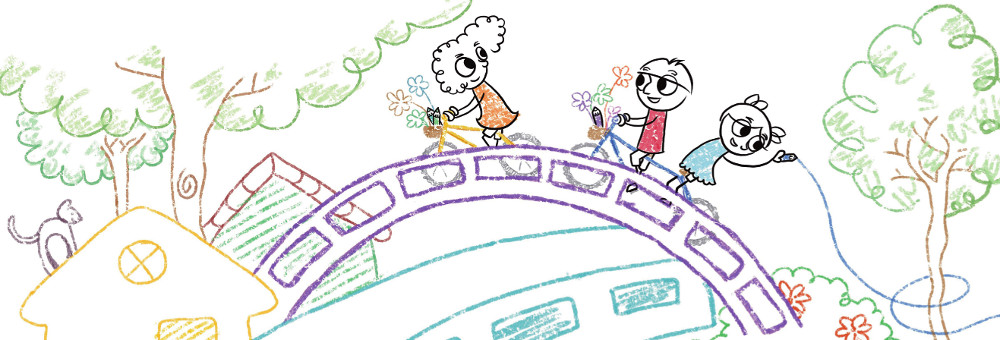Usability tests with kids is similar people to functionality testing with adults. To obtain the most out of the sessions, and be sure the child is normally comfortable and happy, there are several differences that you have to be aware of.
Stress of recent people and surroundings
Youngsters are far more probably than adults to find encountering new locations and people tense. You should always bear in mind this, and so try to find several ways as is possible to relax your child. Some things you could do will be:
– Allow a substantial period of time — at least 10 minutes – to meet the kid. This is crucial in placing them comfy before beginning the session. A lot of easy things talk about may be computer games, cartoons, sports or school. Aiming to make all the equipment used during the time match what the child uses at home/school (phone up their parents/teachers beforehand to check). — Try to become as comforting and comforting as possible. It’s especially important to generate it obvious to the kid that you want all their views on the site and that you’re not testing these people. – Cover the fact that younger children may well prefer their parents to remain in the tests room with them. Make perfectly sure that parents are aware that they should stay out of the child’s line-of-sight and not support or distract them.
Asking for help
Children are far more used to asking for – and receiving — help than adults, so it is very important just for the moderator to:
– Plainly explain at the start of the test that you want the child to work with the site by themselves – Help to make a sustained effort to deflect such questioning during the session on its own
Good ways of deflecting questions may include:
— Answering something with a question (e. g. What do you think you should do now? ) – Re-stating you want the child to work with the site independently – Requesting the child to have one previous g’ prior to you begin something else
Children acquire tired, bored stiff and discouraged more easily
Children (especially of ten years younger ages) are less inclined – and/or in a position – to put on themselves into a single task for a prolonged period. A lot of ways to do the job around this are:
— Limiting consultations to 1 hour or reduced. – Bringing short breaks during lessons if the kid becomes artecret.cl worn out or irritable. – Ensuring that sessions cover the planned tasks/scenarios within a different order – this will likely make sure that precisely the same scenarios are definitely not always analyzed by tired children, so, who are less going to succeed/persevere. — Asking the kid for help so as to provide them with motivation (e. g. requesting ‘Could you please understand for me ways to… ‘, or by truly pretending to never be able find/do something around the site). – Keeping up a steady stream of encouragement and positive opinions (“You’re undertaking really well and telling us lots of beneficial things — it will seriously help make the web page better. Keep it up! “).
The importance of nonverbal cues
Children can’t always be relied upon to verbally state their thoughts/feelings, either because of their:
— Not being articulate enough – Being shy – Unwilling to say the incorrect thing and displease an adult – Saying things that they don’t consider just to please the mature
This makes it particularly important that the usability expert always be sensitive to children’s nonverbal cues, including:
— Sighs – Smiles — Frowns – Yawns – Fidgeting — Laughing — Swaying — Body angle and posture
Physical differences
A couple of incredibly obvious — but very easily forgotten — differences which usually need to be considered are:
– Couch and desk settings – Make sure you experience a chair/table setting that permits the child to comfortably makes use of the equipment throughout the session. – Microphone placing – Children tend to have noise-free voices than adults, so microphones should be placed a bit nearer for the participant than normal.
Levels of literacy and understanding
It is critical to ensure that a session’s participator has an accurate understanding of the scenario getting presented to them. A few ways to make this happen include:
– Requesting participants to re-phrase scenarios/goals in their personal words. – Asking participants to replicate a circumstance (i. electronic. what they are trying to achieve) if the task has gone on for quite a while and you believe they may currently have forgotten that.
